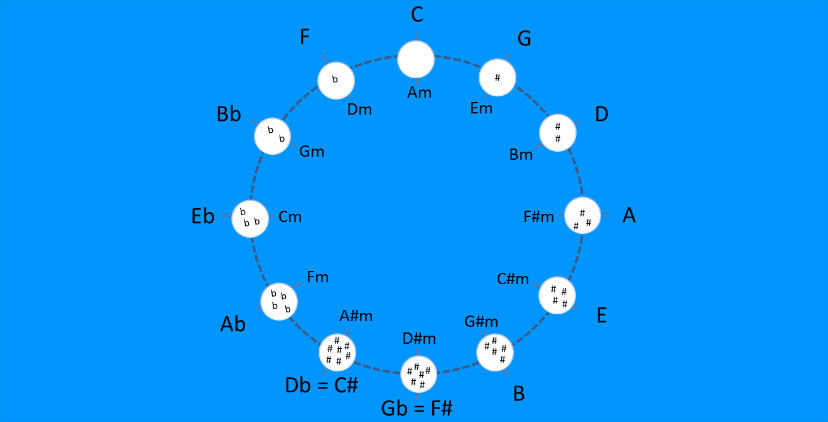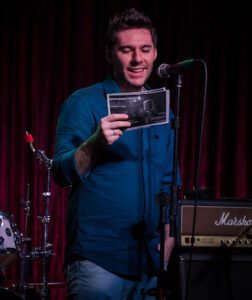It is quite frequent that a person starts taking singing lessons here with us and asks: What is my tone? Is it G (G Major), E (E Major) or C (C Major)? How do I find out which key I should sing in?
Let’s explore in this post why these questions don’t make a lot of sense when asked this way. And also how to key change a song the CORRECT way.
Most people who ask these questions start singing and can’t hit the highs of certain songs and can hit the highs of others. So she asks herself: are songs in the key “x” all good for me? And the natural step would be to put the songs they can’t sing on the same key as the ones they can sing.
Firstly, it would be good to assess whether the person cannot reach the high notes of the songs because they really are outside their vocal range or because they lack vocal technique study.
Even if it is due to lack of technique study, changing the tone can be a temporary process until it evolves in the studies. A really cool case is when the person already has musical commitments (concerts, events or recordings) and has to continue performing these activities while continuing to study technique.
Another method we use when the person is studying singing here with us is to lower the pitch at first and gradually go back (half to half every week) to the original tonality. In this way, our body responds much better and, together with the study of technique exercises, we often manage to sing the music in the original key.
But what if we come to the conclusion that the tone of a certain song really doesn’t work on our voice (even if it’s temporary)?
In this case, we must analyze the extent of the MELODY of that song. A very superficial definition of MELODY is the one that says that melody is the sequence of notes that a certain instrument or voice makes. The important word here is sequence; because if they are simultaneous notes, we will have CHORDS.
All right, let’s assume you’re a singer and that a certain song you want to sing goes to E4 (E 4 – considering middle C as 3) and you can’t sing the part of the song that has that note.
The correct procedure would be to change the pitch (MELODIES AND CHORDS) throughout the entirety of the song to a lower pitch, which has a note that you can sing as the highest note. Instruments such as guitars, guitars, basses, keyboards, etc. – everyone should change their tune too. The only instruments that are somewhat free of this transposition are drums and non-tonal percussion instruments.
A WRONG procedure would be just to change one or another note of the melody in that part that you cannot reach the notes that the original singer sang (even if the notes that you sang fit in those chords and scales).
Note that a song can be in C Major (C) and the highest note in the melody goes up to E4 (E 4), but we can have another song in E Major (E) where the highest note in the melody goes up to B3 (Si 3).
So it doesn’t make much sense to try to find a universal tone; a tone in which all songs would sound good in his voice. We should always analyze which is the highest note of the melody of that song and compare it with the highest note you are reaching at the moment.
Once you’ve done that, analyze how many tones your highest note is far from the highest note of that song and lower the pitch of all the instruments that make chords and melodies throughout the entirety of that song. If by chance the music is too low for you, think of the lowest note you can go and transpose the music until it hits that note only.
That way you’ll be able to sing the song you’ve always wanted in the best possible way! And if you are studying vocal technique exercises on the side, each week you can try to gradually increase the pitch of your favorite song(s).





